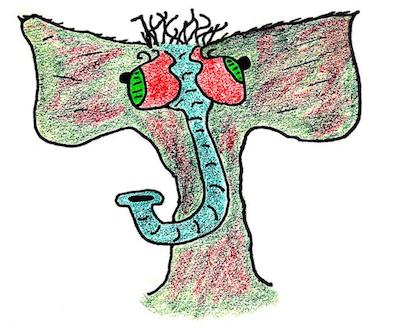The Keymaker¶

the mind machine keymaker. trust it with your keys.
The Keymaker is the object that is used to authenticate with the third party service and generate the bot keys the application needs to do things on behalf of a user account.
This document provides a high-level overview of the Keymaker.
Using the Keymaker¶
If you don't care about all of this business and just want to know how to use the keymaker, see the boring mind machine documentation.
Specifically, see coverage of the BoringOAuthKeymaker class, along with the service-specific Github Keymaker, Google Keymaker, and Twitter Keymaker classes.
Background: The Three-Legged OAuth Process¶
In theory, not all Keymakers must do OAuth, but in practice, all Keymakers do OAuth.
The Keymaker carries out a one-time authorization step that needs to be done once for each Sheep = bot = account.
The Keymaker will be given a set of "items" (more on this in a moment), with one item = one Sheep = one bot = one account, etc. The Keymaker iterates through each item and performs the three-legged OAuth process.
Here's a summary of the process:
- The three legs are: the user (the bot account), the third party service (Github/Google/Twitter/other), and the consumer (your mind machine app - specifically, the Keymaker component)
- The Keymaker will initiate the process by requesting an OAuth URL from the third party (this is how an app asks a user for permission to access their account)
- Third party will return an OAuth URL to the Keymaker, which will pass it to the user
- The user will open the URL in their browser, and sign in using a bot account
- Third party will verify the credentials of the user, and create a temporary token
- This token is returned to the API application (via callback URL/other mechanism)
- API application sends the token to the third party, which verifies the token matches
- Third party gives the API application a new OAuth token. This is the magic token that allows the OAuth application to do things with the bot account.
Why the song and dance? The three-legged authentication process is intended to allow API applications to verify a user's identity (i.e., yes this user actually granted permission for the API application to control their account) without having to handle sensitive data like a user's hashed password. It also keeps the third party in control of the process.
Keymaker Credentials¶
Keymaker Input: API Keys¶
There are two pieces of information that are required to do things as your API application (independent of any bot accounts):
- API application key
- API application secret key
These are the two pieces of information that are required to prove to the third party service that you are the actual owner of your application.
Each service stores these pieces of information in different ways, and calls them by different names. For example:
- Client key/client secret key
- Consumer token/consumer token secret
- API token/API secret token
- etc...
The boring mind machine library provides a base OAuth Keymaker class called BoringOAuthKeymaker. This class implements the OAuth process in a generic way. The details specific to the third party service are then implemented in child classes (e.g., GithubKeymaker).
Keymaker Output: OAuth Keys¶
In general, the Keymaker creates a set of bot account keys corresponding to a set of items.
Once the Keymaker and the user go through the three-legged authentication process for one bot account, the Keymaker will create a JSON file with the bot key so that it can be used again in the future.
The bot key contains both the API keys for the application, and the OAuth keys for the bot account.